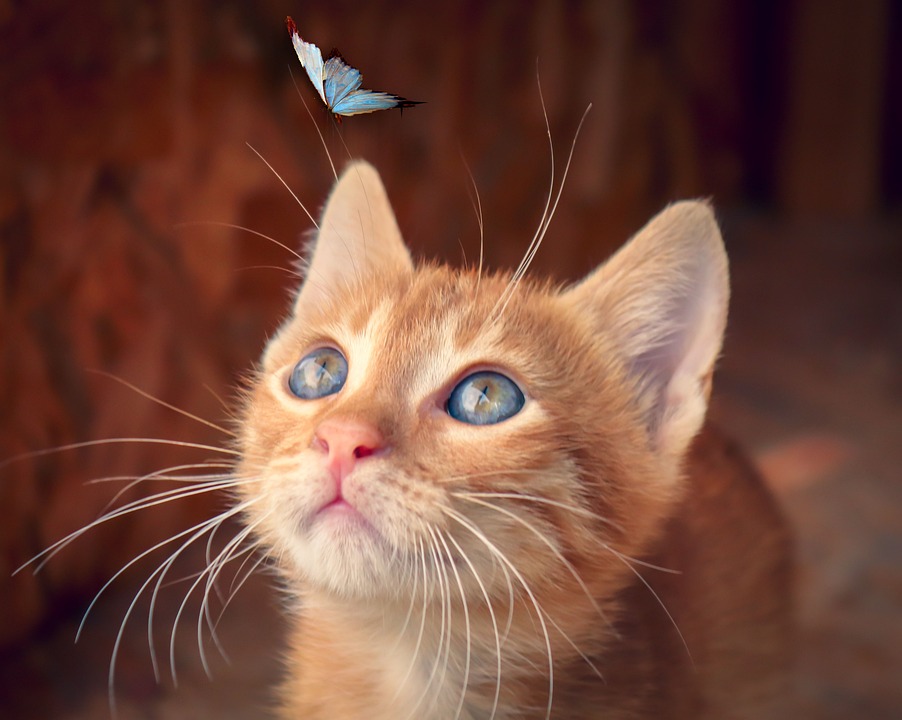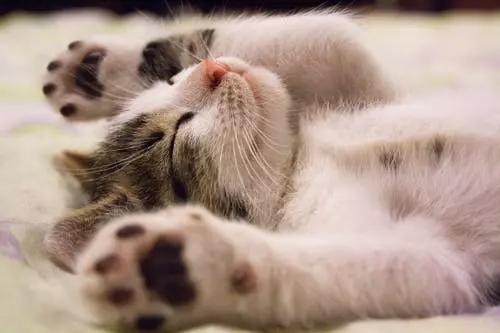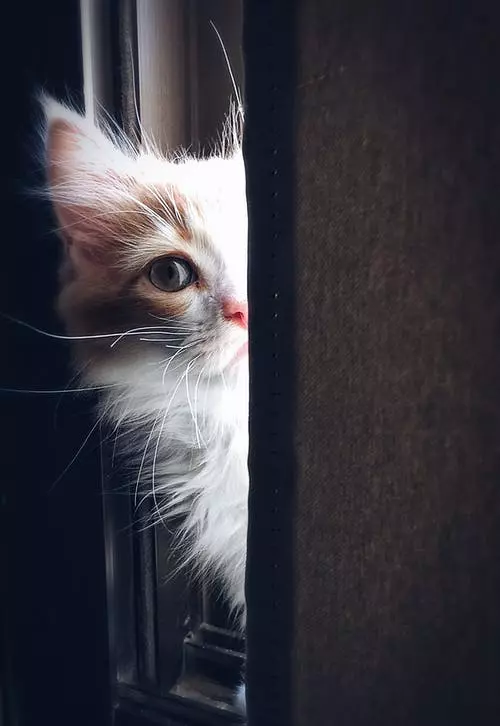Cats are known for their sensitivity and attachment to their surroundings. Any changes in their environment, whether big or small, can often cause stress and anxiety for our feline friends. As responsible cat owners, it is our duty to help them adjust and cope with these changes. In this article, we will explore effective strategies to assist cats in adapting to new situations, along with providing answers to frequently asked questions about cat behavior and environmental changes.
Understanding the Impact of Environmental Changes on Cats
The Nature of a Cat’s Environment: Cats are territorial animals and thrive in familiar and consistent surroundings. They establish a sense of security and comfort in their environment, which can be disrupted by changes.
Sensitivity to Changes: Cats have heightened senses, including a keen sense of smell and hearing. They are acutely aware of any alterations in their surroundings, which can trigger stress and anxiety.
Common Environmental Changes That Affect Cats: Examples of environmental changes that can impact cats include moving to a new house, the addition or loss of a family member or pet, changes in routine, and changes in the physical layout of the home.
Recognizing Signs of Stress and Anxiety in Cats
Behavioral Signs of Stress: Cats may exhibit behaviors such as excessive grooming, hiding, aggression, loss of appetite, excessive vocalization, and changes in litter box habits when they are stressed or anxious.
Physical Indicators of Anxiety: Physical signs of anxiety in cats can include increased heart rate, dilated pupils, excessive panting, trembling, and changes in their sleep patterns.
Importance of Early Detection: It is crucial to identify signs of stress and anxiety in cats early on to prevent the development of more severe behavioral or health issues. Regularly monitoring your cat’s behavior and seeking veterinary advice if needed is essential.
Strategies to Help Cats Adjust to New Environments
1. Gradual Introductions: Introduce changes slowly and incrementally to allow your cat to adjust at their own pace. This can include introducing new furniture or rearranging existing furniture gradually.
Creating a Safe Space for Cats: Provide a designated safe space for your cat where they can retreat and feel secure. This can be a room with their bed, litter box, toys, and scratching posts.
2. Providing Familiarity and Comfort: Maintain familiar scents and objects that your cat associates with safety and security.
Using Cat Pheromone Products: These products mimic the natural calming pheromones that cats release, helping to reduce stress and anxiety. They are available in diffusers, sprays, and collars.
3. Consistency and Routine: Establish a regular routine for your cat and maintain a stable environment to provide them with a sense of predictability and security.
Maintaining a Stable Environment: Minimize changes as much as possible and provide a consistent feeding schedule, playtime, and grooming routine.
4. Positive Reinforcement and Enrichment: Use treats and rewards to positively reinforce your cat’s behavior during changes and provide mental stimulation through interactive toys, puzzles, and playtime.
Engaging Cats in Play and Mental Stimulation: Regular play sessions and enrichment activities can help redirect your cat’s focus and energy, reducing stress and anxiety.
Frequently Asked Questions about Cat Behavior and Environmental Changes
Q1: How long does it usually take for a cat to adjust to a new environment?
A: The time it takes for a cat to adjust to a new environment can vary. Some cats may adapt quickly within a few days, while others may take several weeks or even months. Patience and consistency are key.
Q2: Should I use calming medications or supplements for my cat during environmental changes?
A: It is advisable to consult with your veterinarian before using any calming medications or supplements. They can provide guidance specific to your cat’s needs and recommend safe and effective options if necessary.
Q3: Can changes in a cat’s environment contribute to litter box issues?
A: Yes, changes in a cat’s environment can contribute to litter box issues. Cats may become stressed or anxious, leading to changes in their litter box habits. Ensuring a clean and accessible litter box and providing a quiet and private location can help alleviate this issue.
Q4: How can I help my cat cope with moving to a new house?
A: Before moving, gradually introduce your cat to moving boxes and packing materials to familiarize them with the changes. On the moving day, confine your cat to a quiet room with familiar items until the chaos subsides. Once in the new house, provide a safe space for your cat and gradually introduce them to the rest of the house.
Q5: Are there any warning signs that indicate my cat is not adjusting well to a change?
A: Warning signs that your cat may not be adjusting well to a change include excessive hiding, loss of appetite, aggression, and changes in litter box habits. If you notice any concerning behaviors, it is essential to seek veterinary advice.
Remember, every cat is unique, and their responses to environmental changes may vary. Patience, understanding, and a proactive approach are key to helping your cat adapt and thrive in their ever-changing world. By implementing these strategies and seeking professional advice if needed, you can ensure a smooth transition for your beloved feline companion.








